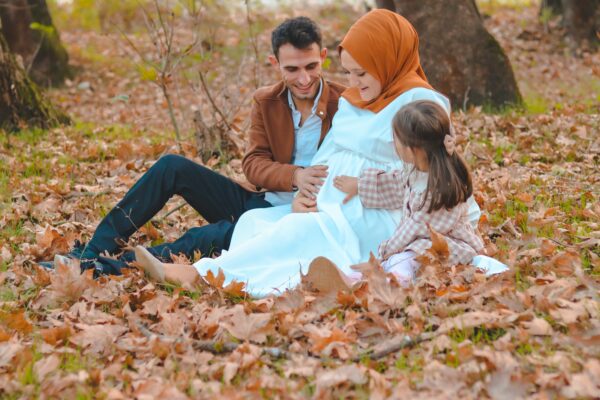What do anti-hijab protests and pro-hijab protests often have in common?
What do anti-hijab protests and pro-hijab protests often have in common?
The phrase “Western ethnocentric gaze” refers to the perspective from which Western societies often view and judge other cultures, including Islamic societies. This perspective prioritizes Western ideals of gender equality, individual rights, and freedoms, which may not necessarily align with nonwestern societies’ cultural, religious, and social norms.
Western knowledge often ignores the local context of meaning when studying Islamic body politics. It explores the gender role of Muslim women, framing women solely through negative lenses, such as victimhood or oppression, without considering their agency or the broader cultural contexts.
The tendency of Western perspectives to stereotype and reduce complex issues often ignores the diversity and nuances within Islamic cultures and societies and leads to the marginalization of Muslim women within Western discourse. Events like protests in Iran in 2022 that gained international attention when Iranian women and men took to the streets to demonstrate against the enforcement of strict Islamic dress codes make the nuance of Islamic feminism more complex.
In this short article, I will explain my own complex feelings about understanding the veil and Muslim women’s resistance that I believe unfolds two-sided expressions of interest for scholars who criticize the Western gaze on Islamic tradition and who also do not deny the systematic oppression that exists within Islamic society. It navigates the complexities of discussing the veil and Muslim women’s resistance, recognizing the importance of both critiquing external Western perspectives and addressing internal challenges within Islamic societies.
The Western ethnocentric gaze often imposes its own norms and values when interpreting Female Islamic tradition-veil. This perspective tends to oversimplify the diverse practices and meanings associated with the veil across different Muslim-majority societies. It can lead to stereotypes and misunderstandings that undermine the agency and complexity of Muslim women’s experiences.
The Iranian protest in 2022 is an expression of resistance of Muslim women that offers an opportunity for Westerners to claim the truth of their misconception about Islamic culture. Being a non-westerner scholar, how can I tackle such a claim? Being a Muslim and nonwestern scholar, I acknowledge that systematic oppression does exist within Islamic societies, affecting women’s rights and freedoms. In my experience, we need to understand the importance of addressing internal challenges and working towards social justice and gender equality within these contexts.
The veil, which is mandatory for Iranian women but not in other Muslim countries, makes the issue complicated to support women who want to wear it on their own. We need to understand that the veil issue is multifaceted, involving cultural, religious, political, and social dimensions. It’s not simply a matter of endorsing or rejecting the veil but understanding its broader implications and lived experiences.
The context of the death of a young Kurdish-Iranian woman, Mahsa Amini, and the context of a hijab-wearing Muslim student, Muskan Khan, heckled by a Hindu far-right mob at a college in Karnataka state in India, unfolds two different socio-political contexts of veil. The ban on Islamic headscarves has outraged Muslim students who protested the ban, saying it’s an attack on their faith enshrined in India’s secular constitution.
The protest in Iran after Mahsa Amini’s death sparked widespread outrage and led to demonstrations in several cities across Iran. Protesters, including women removing their headscarves in public as a form of protest, voiced their opposition to the compulsory hijab laws and demanded greater personal freedoms and rights for women. Those who support the protesters in Iran for their courage and activism of Iranian women in challenging state-imposed restrictions on individual liberties often face the challenge of helping Muslim women who protest the state’s ban on hijab.
I was criticized by one of my so-called secular colleagues for saying how I could support two protests at the same time. For me, the answer is straightforward. I emphasize the importance of contextual understanding and respect for diverse viewpoints within Muslim societies. My feelings are not fixed in one context. Instead, fostering empathy, solidarity, and dialogue across cultural and ideological differences, I practice a more inclusive global discourse on women’s rights and freedoms.
Different situations and events do not verify the Western gaze on Muslim women. Instead, they show how Muslim women across cultures and contexts actively engage in movements for social change and rights, challenging stereotypes of passivity and demonstrating their agency in shaping their societies.
We need a balanced approach that allows for a more comprehensive understanding of the issues at hand, promoting dialogue and empathy across cultural divides.





